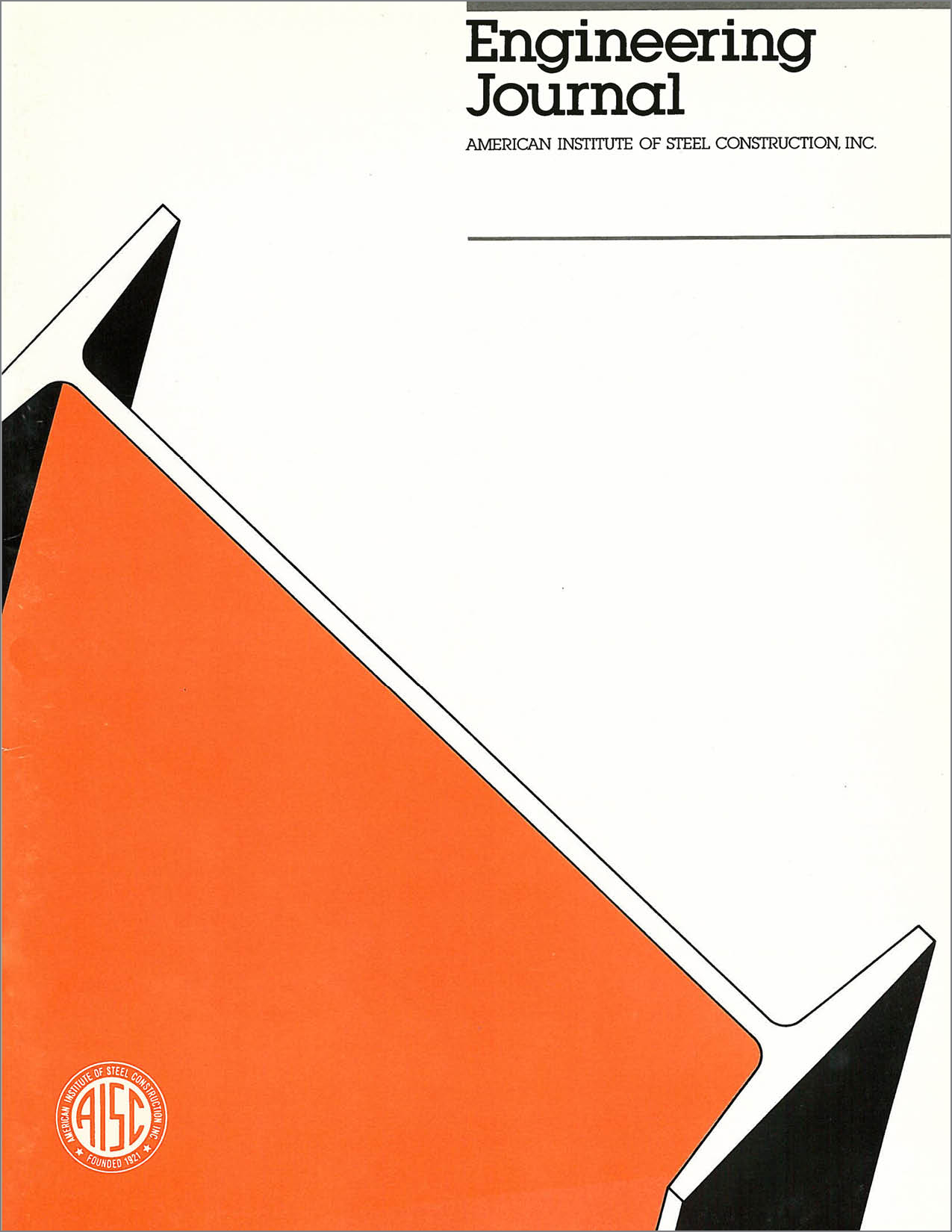A New Approach to Floor Vibration Analysis
DOI:
https://doi.org/10.62913/engj.v25i4.510Abstract
Floor vibrations analysis is one of few structural engineering topics that combine static and dynamic analyses, which makes it more interesting as well as more complicated. The subject is becoming increasingly familiar to structural designers as more and more lightweight floors exhibit varying degrees of vibration susceptibility. In the past, literature on this problem and ways to predict and prevent it were lacking. During the last 20 years, however, several methods have been developed to predict the susceptibility of floors to annoying transient and steady-state vibrations. To date, methods developed have dealt independently with either the transient or the steady-state response of a floor system. The most popular methods of analysis have been: (1) Wiss and Parmelee rating factor R, (2) Modified Reiher-Meister frequency-amplitude scale and (3) Murrays acceptability criterion.3 Prior to discussing the validity of these three methods, it is believed that introducing a brief description of floor behavior under transient and steady-state conditions is warranted.

